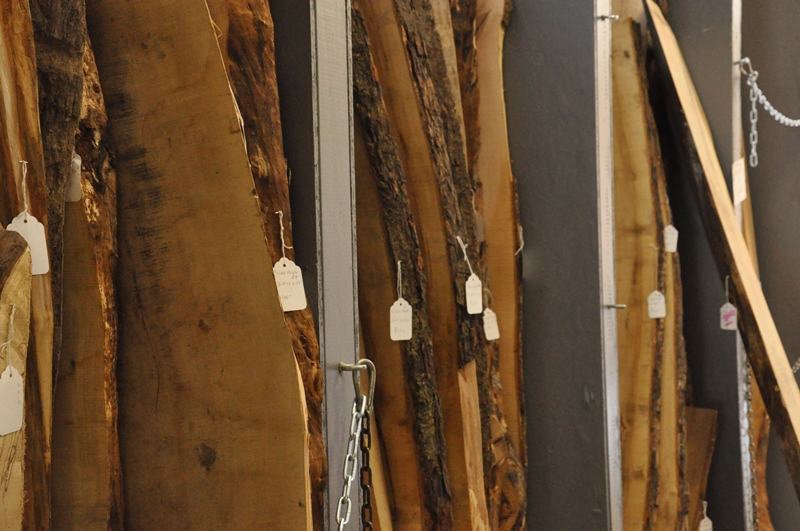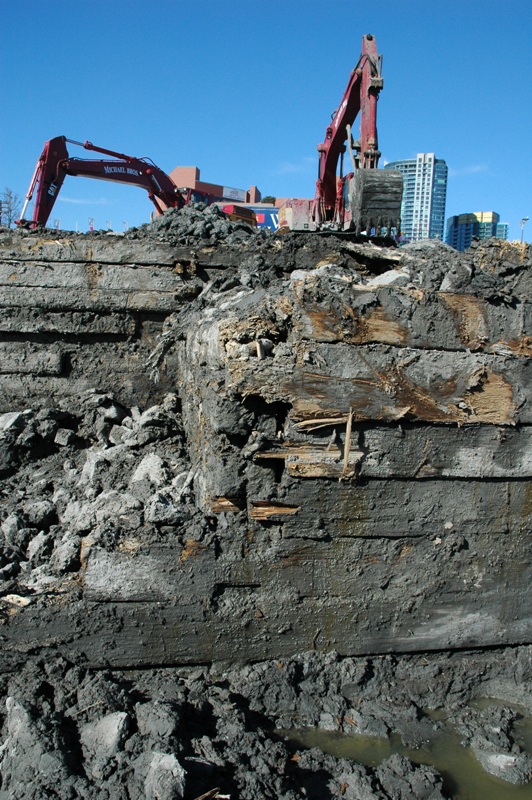Guest post by Melissa Neist, the cofounder of Urban Tree Salvage in Toronto.
But if salvaging locally felled trees is feasible, why wouldn’t we use what has already been taken down rather than disturbing our natural forests, devastating landscapes, and compromising wildlife habitat? The volume of material that can be recovered in an urban forest could potentially reduce the number of trees that are harvested each year by traditional means. Turning urban waste wood into finished products also helps the environment, holding and storing carbon that would otherwise be emitted into the air and ground if turned to mulch.
Reflecting on these issues brought about the idea of turning this waste into a useable product. Through a lot of research and hard work, we opened the doors of Urban Tree Salvage in 2005 to offer the eco-conscious consumer a green alternative for furnishing their homes. The varieties range from maple, ash and elm to poplar – with one particular thing in common – they are all locally felled.

But it wasn’t easy. We saw how certain species were not easily accepted into the marketplace, some because they are not commercially harvested. Catalpa, locust and willow were seen as “too unfamiliar,” while other species like oak were “too traditional.” But through years of research and trial and error we have developed unique product lines, finishes and designs to best showcase each species and cut to find a new market for this old wood.
Most of the trees we salvage are from municipal properties around Toronto, but we have worked with private institutions such as CAMH (Centre for Addiction and Mental Health), York University, the University of Toronto, Upper Canada College, and some private residences. Sometimes the wood is culturally significant -- we recently salvaged some logs from the home of one of the Group of Seven artists and we plan to turn them into pieces to preserve the history of the land.

We’ve also reclaimed old growth pine and hemlock from historical wharfs that date all the way back to the early 1800’s! These were discovered while excavating for condo developments in downtown Toronto between 2006 and 2007, and had been buried in fill for many years which altered their color palette. It’s pretty amazing that we now have the opportunity to keep history alive by re-purposing wooden beams that settlers harvested centuries ago!
Log salvaging is a fairly new industry, but it has proven itself viable option. Hopefully more municipalities will follow in our footsteps here in Toronto and see the benefits of re-using naturally felled trees in our urban areas so fewer trees are unnecessarily taken down from our natural ones.
